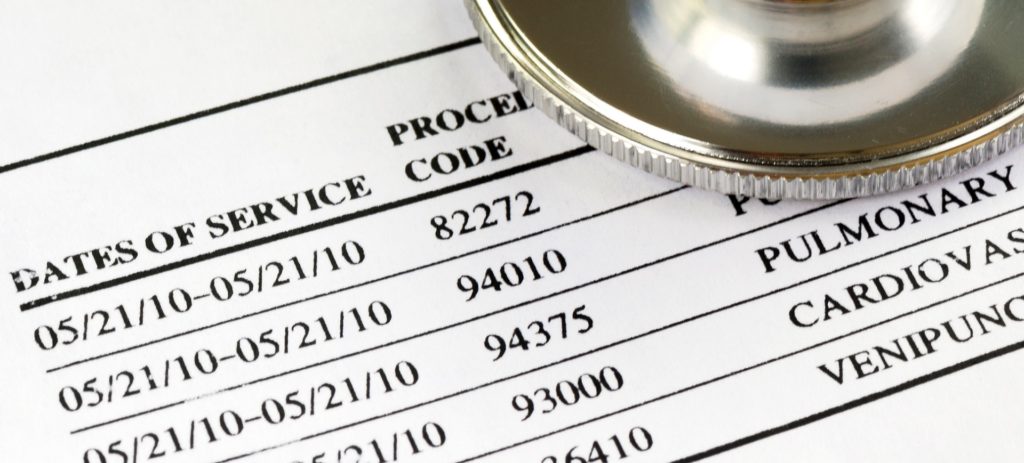Is Medicare allowing you $112.93 for your established visits? Or $76.61?
Do you understand the difference between a 99213 and a 99241? Do you bill 99214's, or avoid them out of fear of an audit?
The reality is a lot of patients with chronic conditions should be billed as a 99214, simply due to the complexity of the visit when taking those conditions into account... and documenting them.
The financial difference between a 99213 and a 99214 is $36.32 per visit in Broward and Palm Beach. If you bill five visits a day as a 99214 instead of 99213 that would be nearly an extra $50,000 a year, for the same work you are doing right now.
Do I have your attention?
Medicare actually has a lot of tools to help you understand E&M Coding. I am a fan of the interactive worksheet and the training they offer for free on the Medicare University. I strongly encourage you to pull up the worksheet and fill it out for your typical visit; the results may surprise you!
For today, I am going to keep it simple (and try not to bore you to sleep). An E&M code is calculated based on three things: History, Exam, and Medical Decision Making. There are two sets of guidelines for calculating an E&M code: 1995 and 1997. You are allowed to use whichever one gives you the higher code. I prefer the 97 guidelines; they offer more flexibility in the HPI categories for patients with chronic conditions, and provide specific criteria in coding an exam. The 95 is more vague on an exam which may sound more appealing, until you interpret it differently than an auditor and end up in trouble.
Everything from here down will be based on the 97 guidelines.
History
This is going to be the subjective portion of your note, HPI, ROS, and past/family/social history. I believe that nearly every visit has a detailed history, but not every visit documents one. If you didn't document it, it didn't happen! To get a Detailed History score, you need to document at least four History of Present Illness (HPI) questions, two Review of Systems (ROS) and one Past, Family, or Social History. Look at the list of questions on the worksheet and make sure your standard patient interview puts you at a Detailed history level. Comprehensive is the next level, but it's a big jump; you need at least 10 ROS points to get there.
Exam
Depending on your specialty and visit, you will work off of the Single Organ System exam (usually better for specialists) or the General Multi-System Exam (usually better for Primary Care). Specifics for both are available here. Your goal here is to document at least a Detailed exam, ehich includes 12 of the listed bulleted points. It may sound bad, but it's really not:
Vitals: 5'8" 135 lbs. 98.9 F patient appears well-nourished and in no distress. Oriented x 3, mood and affect are normal. Lungs are clear to auscultation bilaterally; no wheezes, rhonchi, or rales. Breathing is unlabored without the use of accessory muscles. RRR, no murmur.
That documentation, which you probably do at every visit, has you at 7 of your 12 points before you even begin addressing the complaint:
- Constitutional: Height, weight, blood pressure, temperature, pulse, respiration (document at least three of them)
- Constitutional: General appearance
- Neurological/Psychiatric: Orientation to time, place, and person
- Neurological/Psychiatric: Mood and affect (e.g. depression, anxiety, agitation)
- Respiratory: Assessment of respiratory effort (e.g. intercostal retractions, use of accessory muscles, diaphragmatic movement)
- Respiratory: Auscultation of lungs (e.g. breath sounds, adventitious sounds, rubs)
- Cardiovascular: Auscultation of heart with notation of abnormal sounds and murmurs
Medical Decision Making
For many, this is the most confusing part. Here's the good news: if you have Detailed History and a Detailed Exam, you are already at a 99214 without even needing to worry about calculating medical decision making!
Here are a few medical decision making tips just in case that you can push from a 99213 to a 99214, but will not push you from a 99214 to a 99215:
- A new diagnosis that requires prescription drug management
- Multiple established diagnosis, at least one of which is inadequately-controlled, worsening, or failing to change as expected, which requires prescription drug management
- A new diagnosis for which you order a diagnostic procedure such as a stress test, endoscopy, deep needle biopsy, etc.
E&M coding does not have to be impossible. As long as you set your standard visit to meet certain criteria, you can make sure you document properly to actually get paid properly for the work that you do!

